Xbox One Review
Xbox One Review
Bag a bargain – the Xbox One is still a great console for 1080p gaming
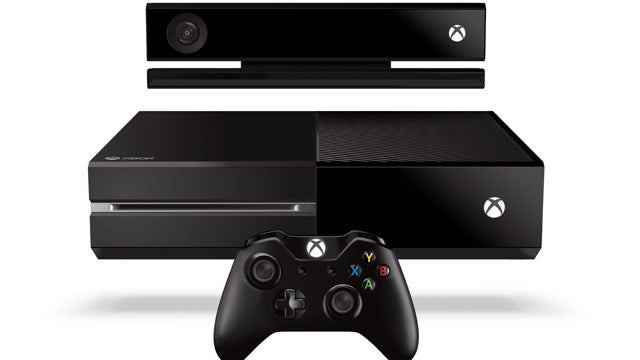
Verdict
Pros
- Great exclusive titles
- Superb controller
- Improved software and apps ecosystem
- More strong games on the horizon
Cons
- Struggling to match the PS4 on raw performance
- Big and bulky
- Superceded by the Xbox One S with Xbox One X on the way
Key Specifications
- Review Price: £209.00
I think we’ll look back at 2016 as a landmark year for console gaming – the year when manufacturers ditched the whole idea of console generations to follow a more straightforward, less risky smartphone-like release model.
One where you no longer abandon your existing hardware and customer base every five to seven years. It’s a move that’s already brought us the Xbox One S, PS4 Pro and the Xbox One X – consoles that play the same games as your current one does, but make them look a whole lot better.
But where does that leave the original Xbox One? From one point of view, in a sad place, destined to become Microsoft’s second-rate system within four years of its launch. Yet from another point of view, the future’s golden. It has a lot of big releases still ahead of it, and providing Microsoft sticks to its current ‘no-one gets left behind’ philosophy, it could have many more on top of that.
Xbox One – Hardware
- Xbox One is the previous generation console first released in 2013
- It has received two successors in the form of Xbox One S and Xbox One X
- Doesn’t possess the same processing power as the PS4
Like most sensible people who aren’t rabid Xbox fanboys, we’ve often been unkind about Microsoft’s initial Xbox One design. At 333mm x 276mm x 78mm it’s not only larger than the PS4 but bigger than some gaming PCs, which only seems more amazing when you remember that there’s a huge external power supply to find a home for on top of that. Factor in that you can’t stand it upright, and you have one of the biggest, most obtrusive home entertainment products that’s not a home cinema amplifier or old-fashioned VCR.
This makes Microsoft’s achievement with the new, svelte Xbox One S seem even more significant. Much smaller, it’s still found space for an internal PSU and can stand fully vertical as well. Microsoft was also smart enough to jettison the dust-magnet glossy areas and over-sensitive power button, which came on at the slightest brush.
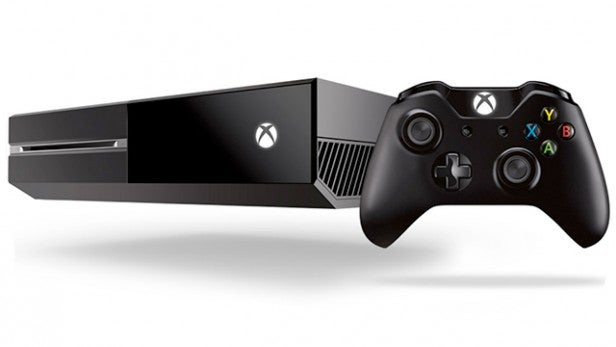
Yet I’ve got a lot of affection for the old Xbox One. It feels solid and it’s proved reliable. I can’t tell you how many Xbox 360s died on me in the decade between 2005 and 2015, but between the production and the debug consoles it got close to double figures. The Xbox One is still going strong, feels robust and works fairly quietly. Where my PS4 sometimes makes a noise like a leafblower that’s been turned on accidentally in a garden shed, the Microsoft console sounds pretty much the same as on the day I took it home.
Of course, some things have changed since then. The Kinect that Microsoft pushed as a core part of the system now spends much of its time unplugged, making the dedicated power and USB connections on the rear of the Xbox One seem strangely obsolete. The console’s repositioning from home-entertainment hub to games machine has had a similar effect on the HDMI input, and I wonder how many users actually have one connected to a Sky or Freeview box. That still leaves two USB 3.0 ports on the rear and another one on the side, which have been handy for Guitar Hero and Rock Band wireless adaptors, not to mention external USB hard drives.
Supporting the latter has been one of Microsoft’s best decisions. Sure, you can replace the hard drive on a PS4, but doing so is a hassle, involving switching out the drive and transferring the data. With the Xbox One you can just plug in a USB 3.0 drive and it’s initialized and ready to fill within minutes. It’s a quick, cheap upgrade and one that can actually reduce your loading times.
Related: Xbox One S vs Xbox One
Xbox One – Specifications
Looking at the Xbox One, knowing what we know now, it seems like the stage was always set for today’s more software-focused, device-agnostic Xbox world. What we have here is effectively a low-end gaming PC with a fixed specification, even running a heavily customised version of Windows 10. On paper, it doesn’t sound too promising. The AMD APU gives us eight Jaguar cores – already slower and less efficient than Intel’s Core technology – running at just 1.75GHz, along with a mere 12 GCN compute units running at 853MHz. GPU-wise, that makes it equivalent to a downgraded Radeon 7790, now considered a rather weedy low-end chip.
It’s no longer controversial to say that Microsoft got the core specification wrong, focusing on Kinect and all those home-entertainment hub features instead of hitting the perfect balance between performance and price. With an extra six GCN computer units and 5,500MHz GDDR5 RAM, Sony simply made smarter choices – the Xbox One’s embedded ESRAM can’t make up for the slower 2,133MHz DDR3.
While performance has differed from engine to engine and game to game, that’s meant higher frame rates and/or resolutions on cross-platform games for PS4 than on Xbox One. That said, we’re now more often looking at 1080p on the PS4 and 900p on the Xbox One than 1080p and 720p, while clever adaptive resolution and scaling techniques are doing a great job of hiding the gaps.
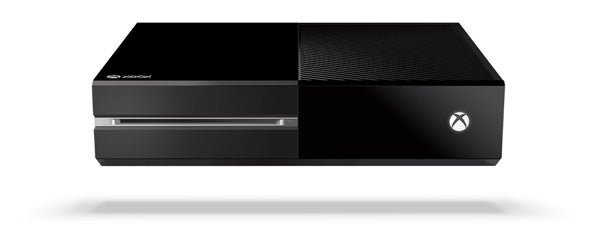
What I would say is this: I spend an awful lot of time playing console games. Sometimes I get review copies for the PS4 and sometimes I get them for the Xbox One. Sometimes I even play them both (and on PC too). I’m struggling to recall a single instance where getting the Xbox One version has marred my enjoyment of the game or its visuals, and it’s unlikely that, without both versions running in front of you, you’d be able to spot any real difference – and perhaps not even then. In fact, as a PC gamer I should be sneering at both consoles, yet I still think many games look great – even sometimes astounding – on the Xbox One.
Meanwhile, Microsoft and its first-party studios and third-party partners continue to pull off miracles with what’s basically some underpowered hardware. Quantum Break might not be the time-stopping shooter to end all shooters, but it looks fantastic all the same. Forza Horizon 2 and Forza Motorsport 6 are still the best-looking racers around. In the coming months we’ll see ReCore, Gears of War 4, Scalebound and Forza Horizon 3, all of which look set to push the hardware even further. While the Xbox One’s spec will be thoroughly eclipsed by Xbox One X, it can still produce great results on a 1080p TV.
If you’re lucky enough to have a 4K TV, of course, it’s arguably worth your while to either wait for Xbox One X, which promises native 4K gaming, or stump up for the Xbox One S. The latter will run 4K Blu-ray movies and video streams while upscaling Xbox One games to a 4K resolution, which it does a great job of to boot. If you’re stuck with a 1080p set, however, then existing Xbox One will do you fine.
Related: Best Xbox One games
Xbox One – Controller
- The controller is great, and hasn’t changed much since its initial release
- Still makes use of traditional batteries, although rechargable packs are an option
- Newer models have a share button and built-in headphone jack
The Xbox One S has refined the Xbox One controller, adding a grippy texture and tougher thumb sticks. Neither was a huge problem with the old controller, though, which for my money is the best standard controller of the current generation and one of the finest ever made. The analogue sticks are almost perfectly responsive, the buttons fast and sensibly-placed, and the ingenious, rumbling impulse triggers add a real tactile dimension to those games that use them best. Driving games and shooters tend to be particularly good. I just wish that Microsoft would integrate rechargeable batteries. AAs last a lot longer than the DualShock 4’s built-in battery, but recharging and searching for replacements is a lot more hassle than plugging in the cable.
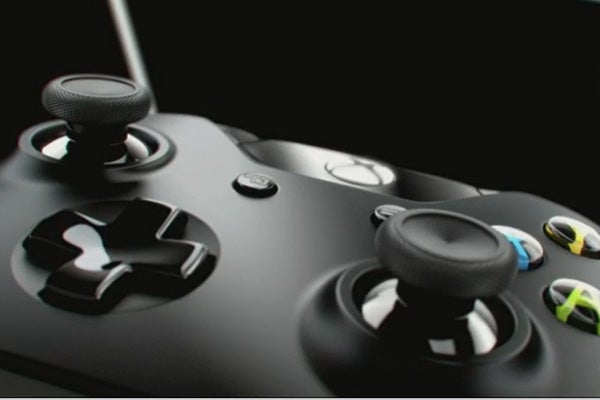
While the new controller has a slightly better feel and Bluetooth connectivity, your existing Xbox One controller will see you through many happy hours of gaming.
Xbox One – Software
One lesson Microsoft learnt in the previous generation was that, while hardware can’t change or be upgraded, software updates could radically transform the whole experience, year on year. We’ve already seen the Xbox One shift from a dashboard based on Windows 8 to what’s effectively a whole new operating system founded on Windows 10, but with a more gaming-focused look and feel.
At times, the new UI feels too busy, packed with pages you can flick between with the bumpers and weird slide-out panels, but there’s no question that it puts the most important elements, like your games, apps and friends, close to the surface, while reducing the emphasis on Kinect and the home-entertainment hub stuff that, as it turned out, we’re not so keen on. Microsoft has also done a better job of making apps feel like less of an extra and more like a part of the ecosystem, particularly by bringing App Channels into the OneGuide and making it of use to those of us who aren’t using the Xbox One as a TV hub (which is most of us, I suspect).
The most recent update has also brought new goodies. You can now use Cortana through Kinect or a headset microphone, to find movies and programmes to watch or to launch games, or even to quickly search for something on the web while you’re busy in a game. It’s easier to find Facebook friends with Xbox Live accounts and add them to your friends list, while sharing video clips and screengrabs is a faster process, too.
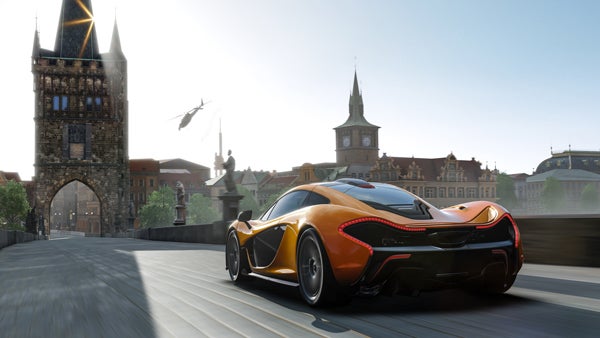
In theory, the Xbox One’s move to Windows 10 should benefit both Xbox One and PC users, the latter getting more Xbox One games and the former getting more Universal Windows Platform apps. In practice, there have been benefits, like closer integration between the Xbox One and the Windows 10 Xbox app, game streaming and the ability to check photos you’ve uploaded to OneDrive on the Xbox One. However, the flood of UWP apps has yet to materialize. I’m not sure this matters. All the major video-on-demand and catch-up TV services are covered, barring ITV Player and Google Play Movies and TV. That’s arguably the most important thing on a box that plugs into your TV, though a few more music streaming options would definitely help.
Xbox One – Games and the Future
I’ve said it before and I’ll keep on saying it: don’t choose a console for the specs, video apps or hardware – buy it for the games. These days, of course, community also matters – if you have most of your friends on Xbox Live then buying Microsoft makes more sense than buying Sony – but it still really comes down to the games. Cross-platform titles still run best on PS4, though the difference isn’t often that significant. The primary reason to buy an Xbox One is because you want to play Microsoft’s exclusive games.
Here I’m a little less confident about the Xbox One’s line-up than I was last year. Forza Horizon 2, Gears of War: Ultimate Edition and Forza 6 have all been brilliant. Rise of the Tomb Raider and Inside will soon no longer be exclusives, while I’ve been slightly disappointed by Quantum Break and Halo 5. Last year, Sony was having nightmares with its own first-party line-up, but Everybody’s Gone to the Rapture, Bloodborne, Uncharted 4 and (if you like it) No Man’s Sky have shifted the balance in their favour. Microsoft has ReCore, Gears of War 4, Crackdown 2 and Forza Horizon 3 on the way, but then Sony can count on Horizon: Zero Dawn, The Last Guardian and God of War in the next six months or so.
Meanwhile there are now two future consoles to consider: PS4 Pro and Xbox One X. We’ll know more about the first in September, but while it will be a big step up in terms of 3D horsepower, that’s likely to come with a higher price tag. Xbox One X looks set to be more potent still, but it will also be expensive and may even do the current Xbox a favour.
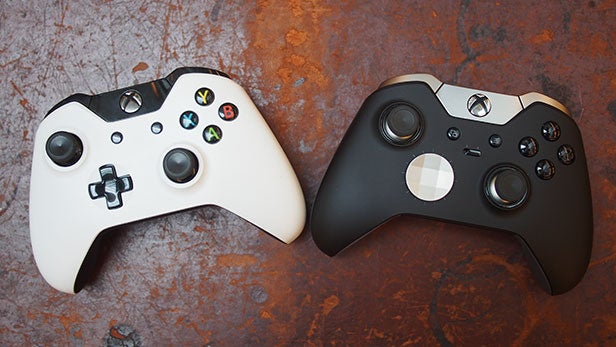
Microsoft’s take so far has been that, at least in the short term, Xbox One X will effectively be a 4K version of the Xbox One, giving you better-looking games at higher resolutions with richer textures, but still running the same games. That means those of us stuck with the old Xbox One won’t have to cut our losses and upgrade right away, or risk being left with an obsolete machine.
There are still two good reasons to game on the Xbox One. One is if you already have one, in which case don’t worry: you still have a brilliant games machine. The other is that you can buy one really cheap. At the moment you can pick one up for roughly £200 to £225, making it a cheaper option than either the PS4 (£260 or more) or the Xbox One S (at £250 or more). For gamers the PS4 is still very tempting, while the One S wins if you have, or plan to buy, a 4K TV, but if you want to catch up on the current generation and get some games in, the old Xbox One, while stocks last, is still a very appealing deal.
Related: Best games you can play right now
Updated verdict
Times are difficult for the old Xbox One. It’s facing even stiffer competition and has been superceded by a smaller, more desirable 4K-friendly update. Yet if you’ve got one or you can get one on the cheap, it’s still a very desirable games machine, blessed with a line-up of fantastic games and many more to come. Microsoft’s software updates have only made it better. Bag a bargain and you have a great step into 2016 console gaming, with many years of life ahead. Just be aware that it’s not the greatest system now, and will be even less so in another year or so.

